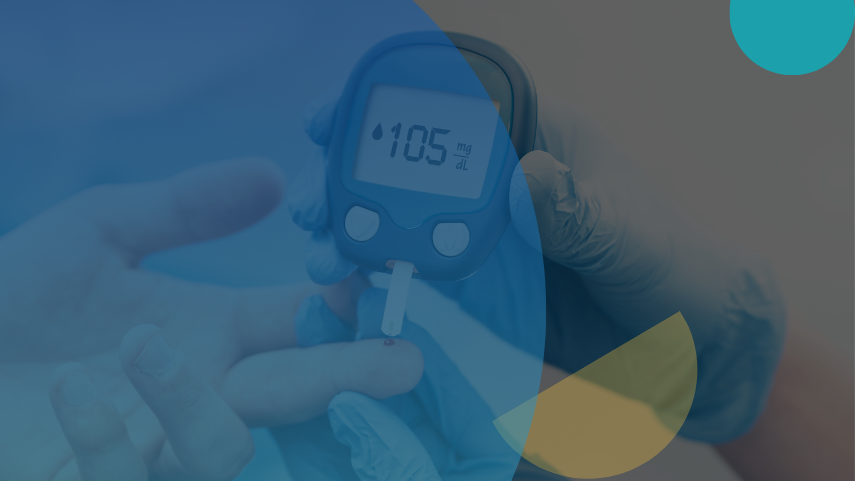
Exploring Biodegradable Alternatives to Address Growing Environmental Pressures in Tobacco Packaging
The R&D team of a tobacco company decided to conduct a thorough analysis of the patent landscape concerning biodegradable replacements of single-use plastics used in packaging, protective covers and seals, etc. They aimed to understand existing patents, emerging technologies, and market trends that could inform their product development efforts.
With regulators, activists, and consumers scrutinizing the environmental impact of tobacco products more closely, the company recognized an urgent need to innovate toward more sustainable practices and products.
A Deep Understanding of the Biodegradable Alternatives Market for Single-use Plastics
The team gained a thorough understanding of the current market landscape for biodegradable alternatives in single-use plastics through detailed insights into existing solutions, emerging technologies, and key players. By analyzing patent filing trends and identifying whitespace opportunities, they were able to pinpoint areas ripe for innovation, allowing them to make informed decisions that keep them ahead of the competition.
The study also provided an in-depth look at sustainable alternatives and the evolution of innovative biodegradable materials, helping them navigate common challenges and implementation hurdles. This clear roadmap of best practices ensured a smooth transition towards adopting sustainable solutions.
By leveraging our in-depth analysis, the team was well-positioned to lead the market in sustainable innovations, driving positive environmental impact and achieving long-term business success.
Key Findings from the Analysis
The analysis uncovered multiple novel class of biodegradable materials that can effectively replace traditional single-use plastics as given below:
I-nvention
A Dutch company renowned for its innovations in the cannabis retail market, I-nvention gained prominence with the creation of the world’s first electronic joint in 2014. Among its notable products is CTIPTM, a patented activated carbon filter launched in 2019. The conical-shaped filter, designed to fit their entire line of combustors, offers multiple benefits including tar filtration, enhanced airflow for better taste, absorption of harmful substances, and recyclable aluminum housing, making it both effective and environmentally conscious.
Plonq
Founded in 2018 and based in the UAE, Plonq specializes in alternative nicotine delivery systems, with a focus on disposable e-cigarettes. Its flagship products include the Plonq X smart e-cigarette and the Plonq 500, a single-use, cotton-based filter backed by patents RU210637U1 and RU211934U1. These innovations position Plonq as a leader in the global e-cigarette and vape market, offering a sustainable alternative in disposable nicotine products.
Research Process- How did GreyB Help?



Patent Identification and Evaluation
Biodegradable alternatives for single-use plastics were identified through an extensive analysis of patents, research papers, and technological trends. Relevant patent data was gathered from various sources, and the search was refined using a structured taxonomy that categorized patents based on materials, processes, and applications related to biodegradable innovations. Each patent was carefully checked for relevance to ensure the data aligned with the team’s objectives.
Evaluation and Analysis
The analysis provided insights across three key areas:
- Innovation and Research Trends: Identified emerging research and investment trends in biodegradable alternatives.
- Technology Insights: Detailed analysis of technologies being developed in this space, focusing on materials, processes, and potential applications for sustainable packaging solutions.
- Key Companies and Entities: Highlighted the companies driving innovation, their focus areas, and the problems they aim to solve.
This structured evaluation also included recommendations based on the identified trends, showcasing the top biodegradable packaging solutions and the most promising technologies for future adoption.
Structured Framework and Recommendations
The data provided a comprehensive framework to help the team prioritize solutions by impact and feasibility. The recommendations were categorized into three tiers:
- Tier 1: Solutions ready for immediate implementation.
- Tier 2: Technologies worth monitoring for future developments.
- Tier 3: Solutions with lower potential, deprioritized for the time being.
This analysis equipped the them with actionable insights and a clear strategy for integrating biodegradable alternatives into their product development pipeline.
Navigating the shift to biodegradable solutions can come with challenges—complex regulations, high development costs, and uncertainty about which materials will work best for your products. Without the right insights, you could face delays, increased costs, or compliance issues that slow down your progress.
GreyB is here to help. We’ll work with you to identify the most viable biodegradable solutions, streamline compliance, and reduce development risks. If you’re ready to overcome these obstacles and lead the market with sustainable tobacco products, fill out the form below to schedule a consultation with our experts today.






